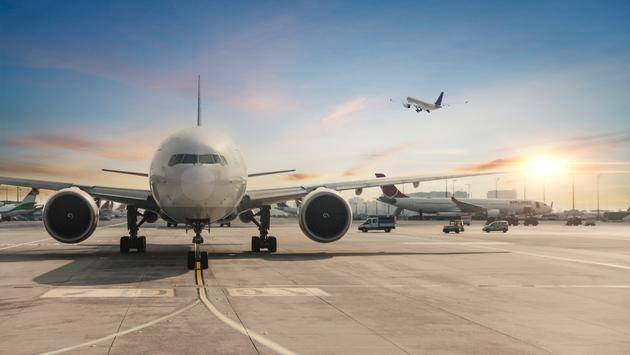At the end of April 2020, as the coronavirus pandemic was surging throughout the world, the International Civil Aviation Organization (ICAO) made a bold prediction.

The group issued its first air passenger forecast for the year and said that, in comparison to 2019, airlines would see 1.5 billion fewer international air travelers in 2020 resulting in a loss of $273 billion.
At the time, with the virus still something of an unknown, it seemed like a lot.
Now the industry wishes it had those numbers.
Instead, ICAO has issued a year-end report that as seating capacity fell by around 50 percent last year, just 1.8 billion passengers took flight through 2020 compared with around 4.5 billion in 2019. That resulted in a staggering loss to the airlines of around $370 billion, with airports and air navigation services providers losing a further $115 billion and $13 billion, respectively. That’s nearly a half-trillion dollars total.
As the coronavirus began its global spread, the air industry came to a virtual standstill by the end of March. Following widespread national lockdowns, by April the overall number of passengers had fallen 92 percent from 2019 levels, an average of the 98 percent drop-off seen in international traffic and 87 percent fall in domestic air travel.
There was a moderate rebound during the summer travel period, but recovery was short-lived.
“Sectoral recovery became more vulnerable and volatile again during the last four months of 2020, indicating an overall double-dip recession for the year,” ICAO said.
Domestic travel proved more resilient and was the main driver of any glimmer of recovery to the industry, particularly in China and Russia, ICAO notes, where domestic passenger numbers have already returned to the pre-pandemic levels.
Overall, there was a 50 percent drop in domestic passenger traffic globally, while international traffic fell by 74 percent, or around 1.4 billion passengers.
The plunge in traffic has put the entire industry's financial liability into question, said ICAO, and threatens the viability of millions of associated jobs around the world.
The agency described the near term outlook as one of “prolonged depressed demand, with downside risks to global air travel recovery predominating in the first quarter of 2021, and likely to be subject to further deterioration.”
In the most optimistic scenario, said ICAO, by June of 2021, passenger numbers will be expected to recover globally to 71 percent of their 2019 levels (or 53 percent for international and 84 percent for domestic flights). A more pessimistic scenario foresees only a 49 percent recovery (26 percent for international and 66 percent for domestic).
Leave a Comment